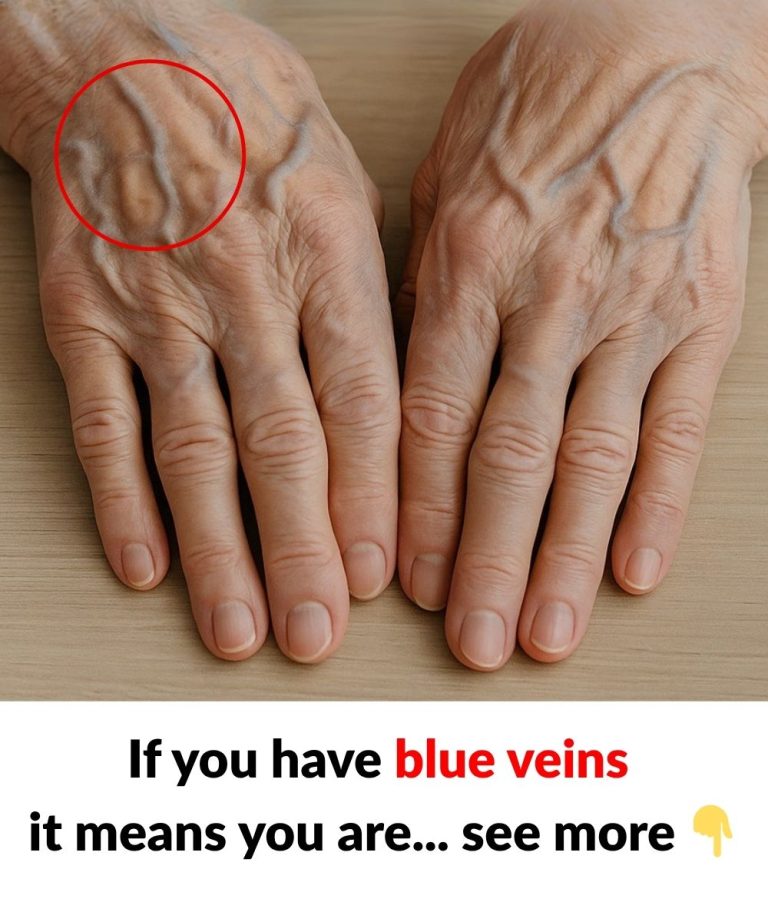ADVERTISEMENT
While aging is a universal process, not everyone experiences visible veins in the same way. Genetics play a major role. If your parents had prominent veins as they aged, chances are you might too. Additionally, certain lifestyle factors—such as smoking, sun exposure, lack of hydration, or not using sunscreen—can accelerate skin thinning and vein visibility.
Exercise also plays a role. Active individuals, especially those with low body fat or who engage in weight training, often have more prominent veins, regardless of age. As muscle mass increases and fat decreases, veins are naturally pushed closer to the skin’s surface.
When to Be Concerned

In most cases, visible veins are harmless and merely cosmetic. However, there are times when they may indicate an underlying issue. If your veins are suddenly bulging, painful, warm to the touch, or accompanied by skin changes or leg swelling, it’s wise to consult a healthcare professional. These could be signs of venous insufficiency or a blood clot.
Embracing the Change
Visible veins are not necessarily something to fear or hide. They tell a story of life, experience, and strength. However, if their appearance bothers you, there are cosmetic treatments available—from sclerotherapy to laser therapy—that can help reduce or eliminate them.
Conclusion
Visible veins are a natural part of aging, caused by thinning skin, reduced fat, slower circulation, and weaker vein walls. While they may be more noticeable, they are usually harmless and a reflection of the body’s natural changes over time. Understanding why they appear can help you embrace them—or seek options if you choose to change their appearance.
ADVERTISEMENT
